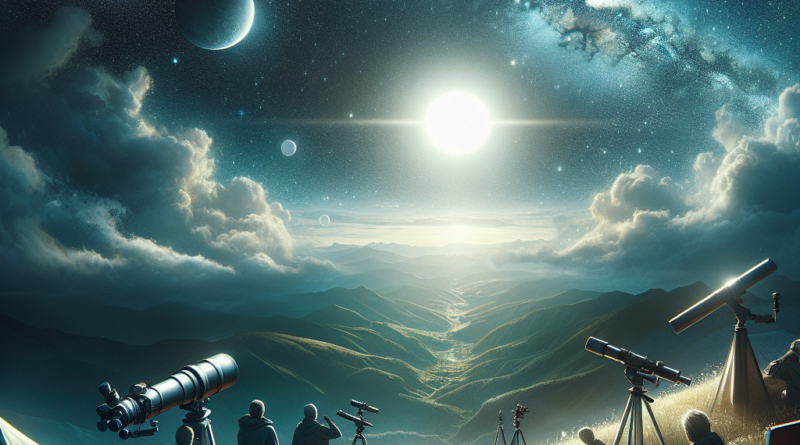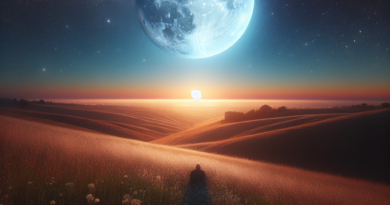The upcoming supermoon truce: what is it and how to witness it
The upcoming major moonstand: what is it?
In recent times, rare and unrepeatable astronomical events have been on everyone’s lips, captivating the eyes of millions.
After the total solar eclipse and the upcoming stellar explosion, 2024 has yet another surprise in store: the major moonstand, an event that could unveil the secrets of Stonehenge.
The unique lunar position will be visible worldwide to the naked eye, allowing observers to notice differences in its position and even in its perceived size.
Understanding the major moonstand
The term “major moonstand” is not a scientific one, but rather a common expression.
It is related to the concept of solstices.
Just like the solstice marks the moment when the Sun reaches its maximum declination point, the moonstand represents a similar event for the Moon.
Every 19 years, the Moon reaches its highest and lowest limits, creating a momentary stillness at the extremes of its positions.
When will the major moonstand occur?
The major moonstand is set to take place in mid-2025, but peculiar changes in the night sky can already be observed.
The Moon will exhibit unusual positions, rising and setting in atypical areas for extended periods of time.
How to observe it?
The major moonstand spectacle can be observed with the naked eye, as it relies on our perception of the Moon’s movements from Earth.
Optimal observation or photography conditions include areas with minimal light pollution.
Many have been tracking the lunar motions, capturing the grandeur of this phenomenon through photographs.
Stonehenge connection
Stonehenge, with its historical, cultural, and sociological significance, remains a focal point of interest and mystery.
Its construction is intricately linked to solar cycles, and there is speculation that lunar cycles were also taken into account.
The English Heritage has launched a project to observe Stonehenge, aiming to uncover potential lunar alignments within the structure, shedding light on the placement of the stones in correspondence to the Moon’s extreme points.




